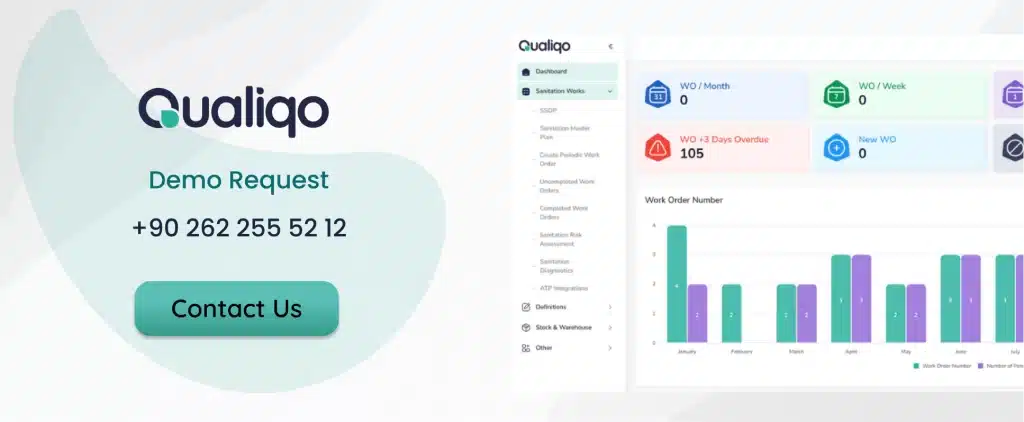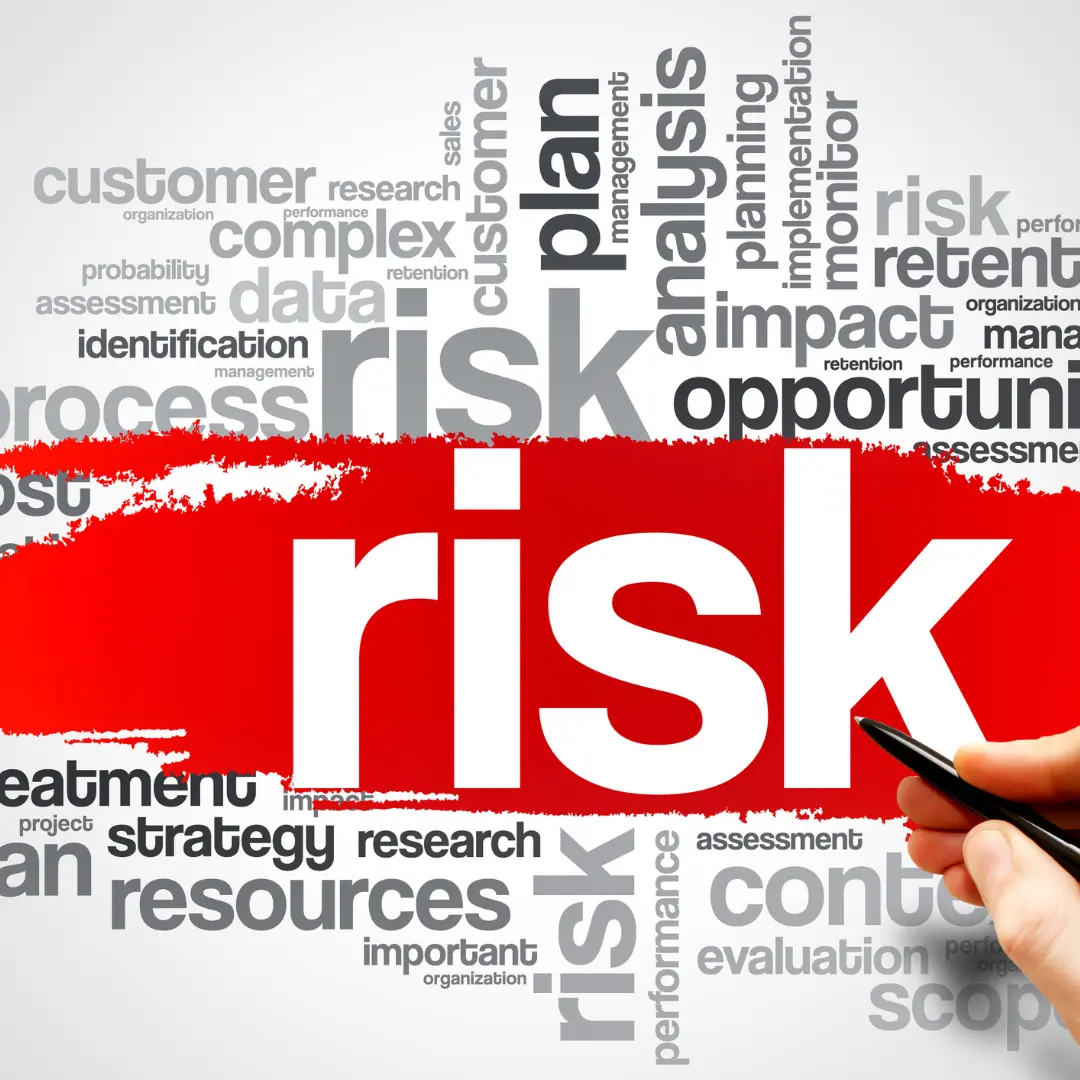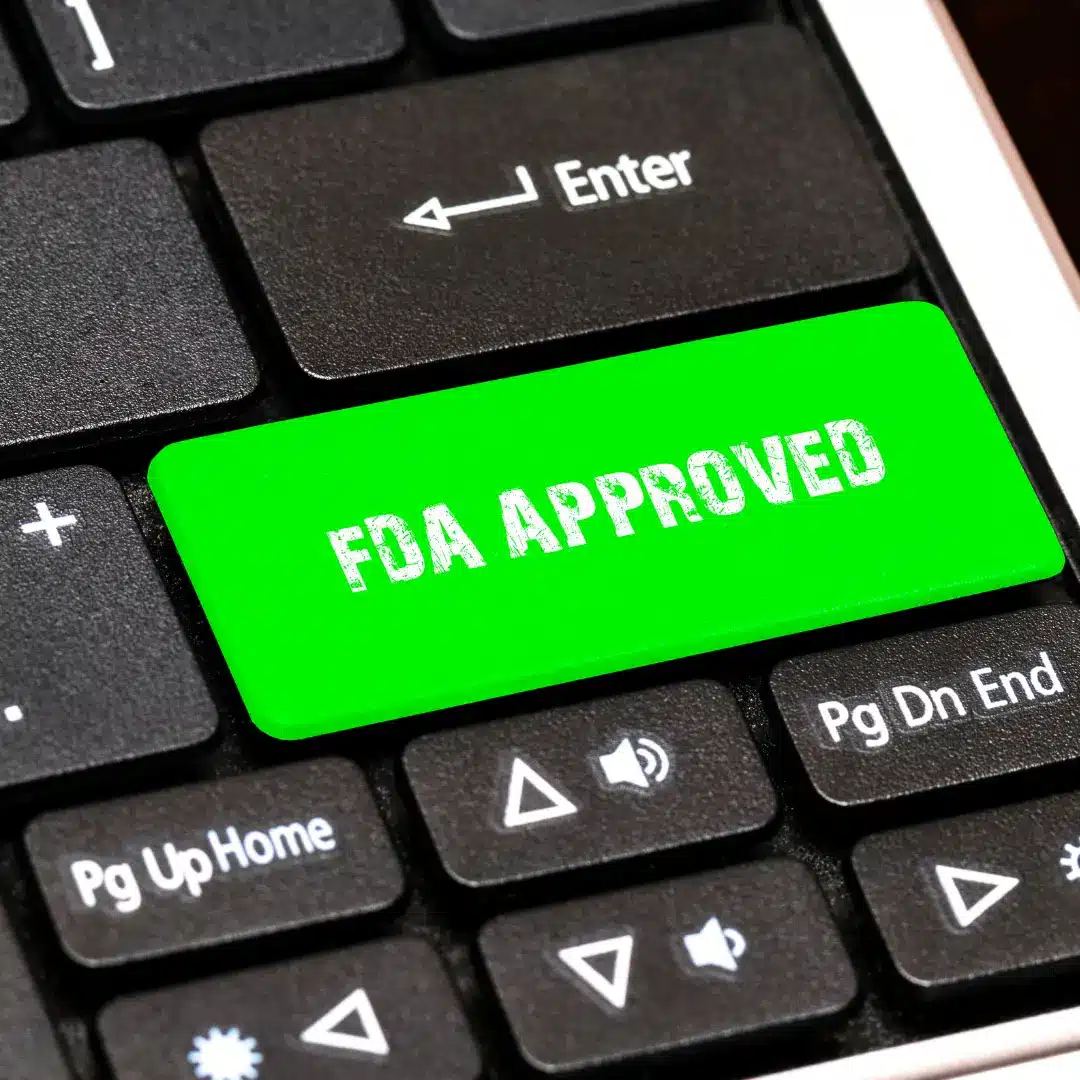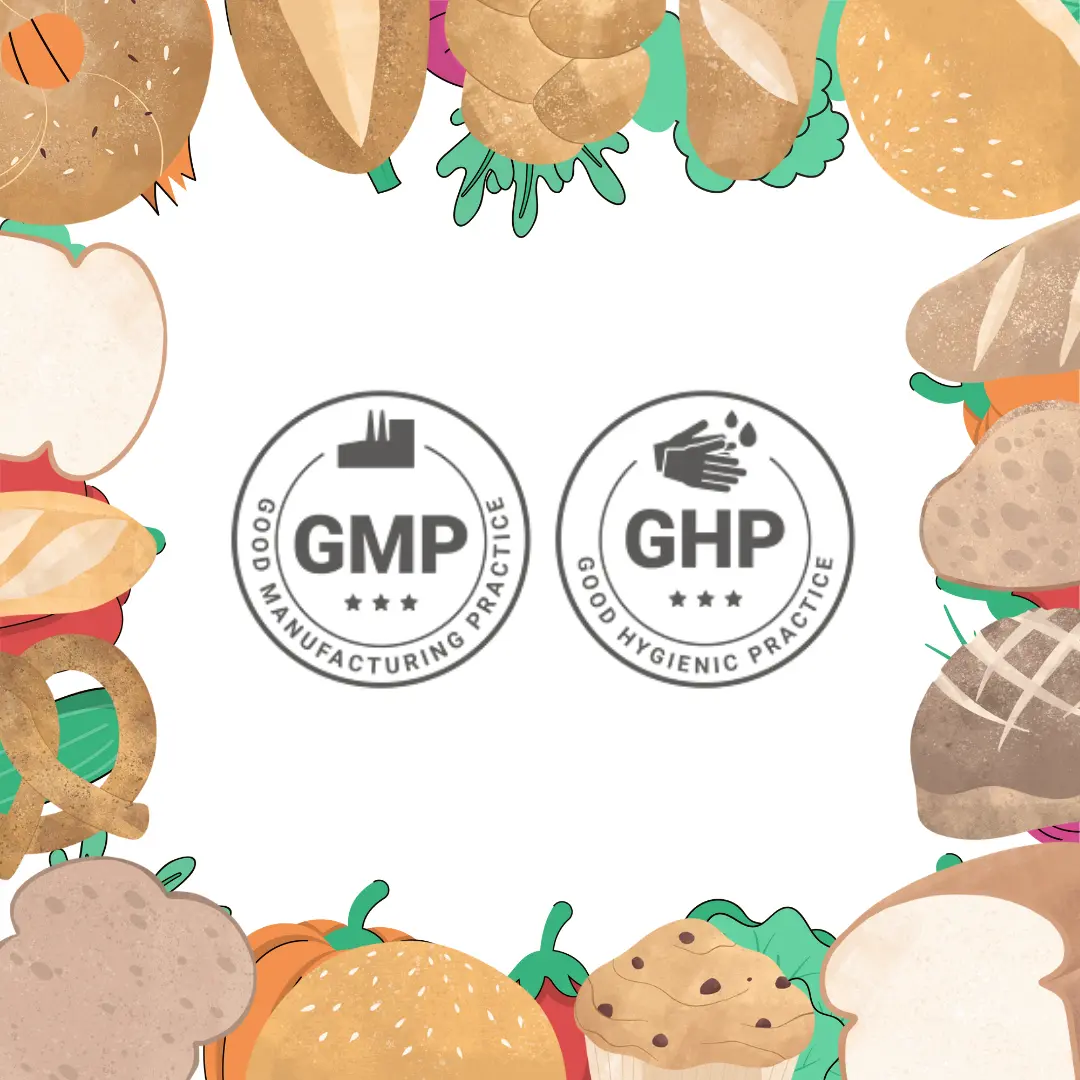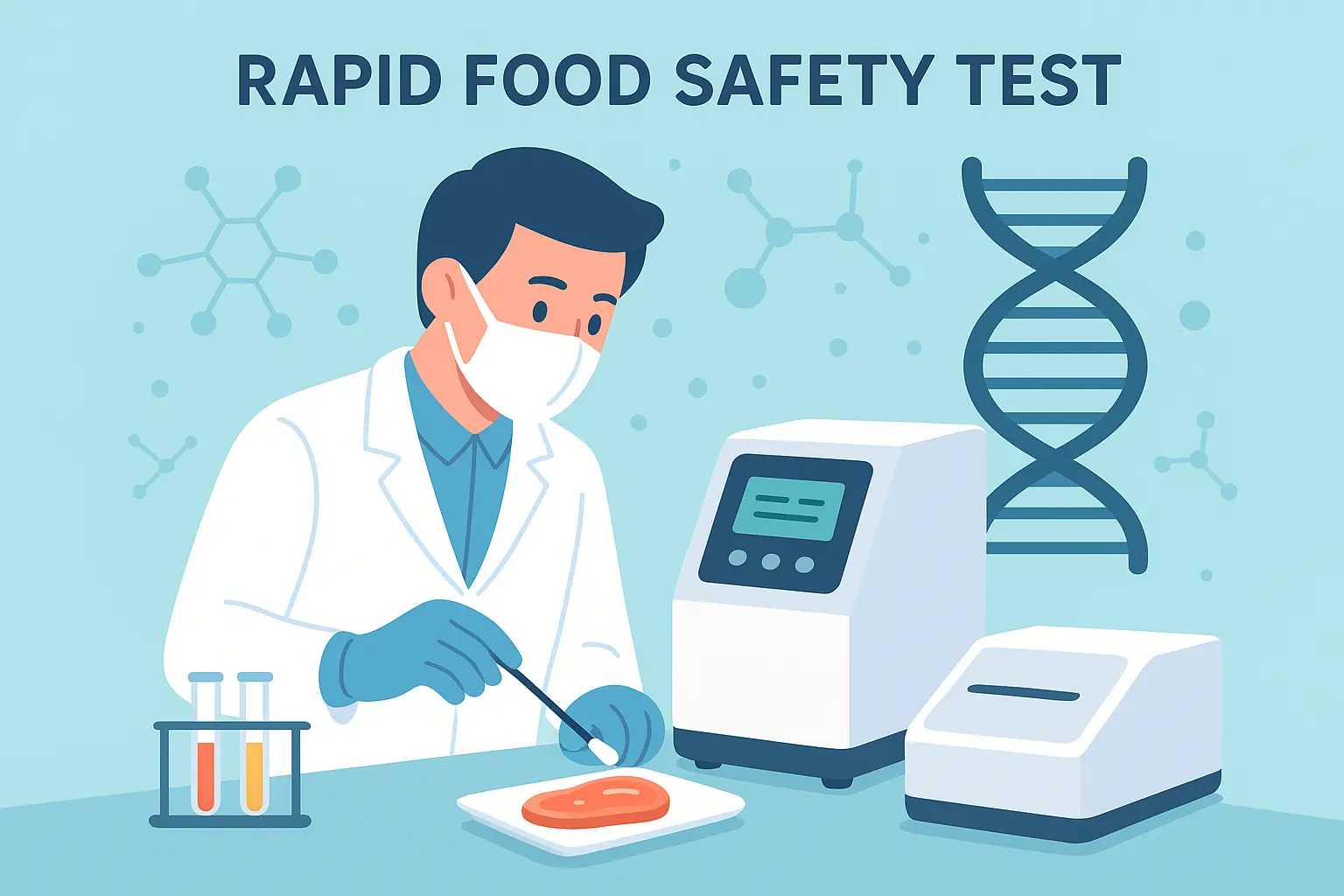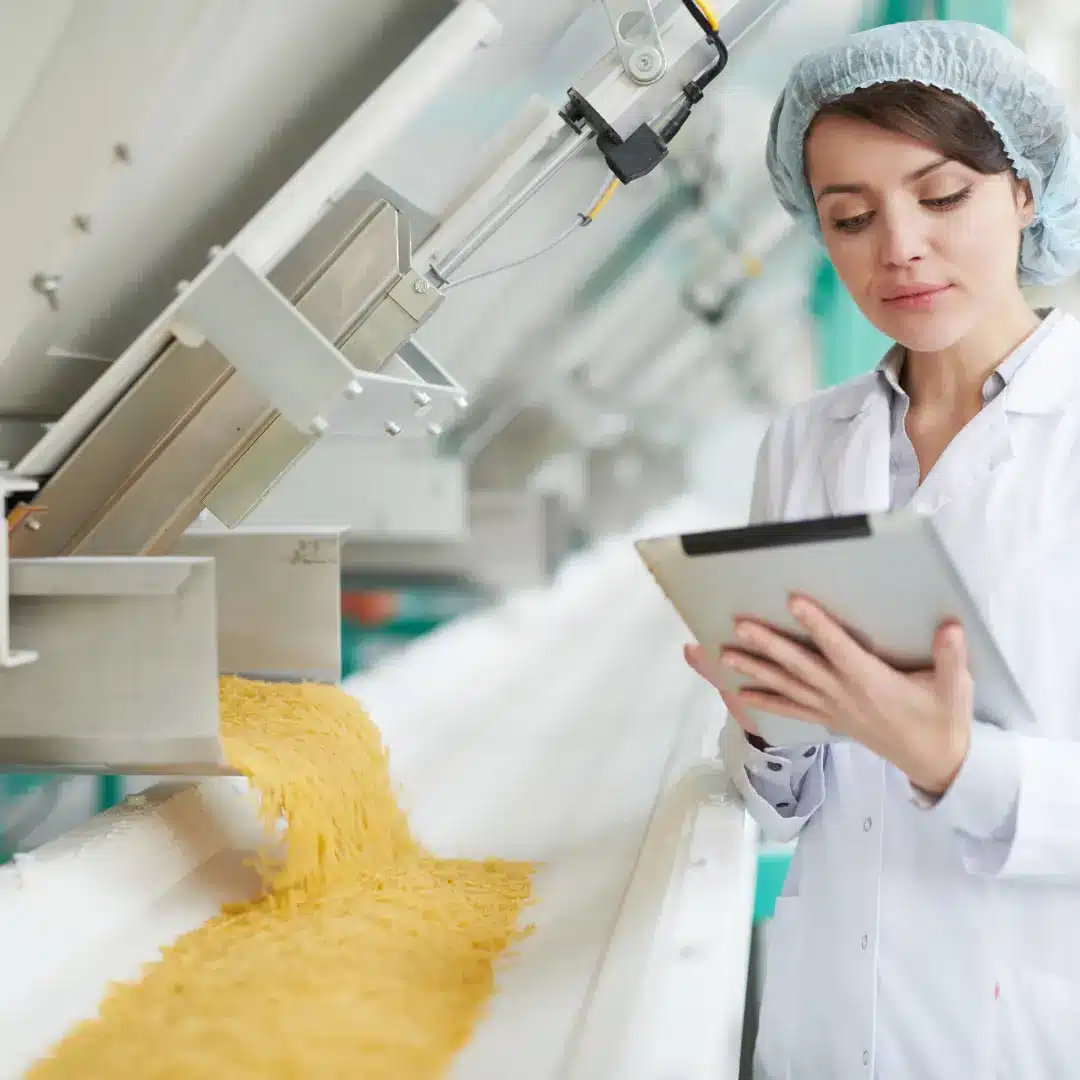Understanding One of the Most Dangerous Foodborne Pathogens
In the food industry, Listeria monocytogenes is a name that commands serious attention—and for good reason. This bacterium is responsible for listeriosis, a severe and sometimes fatal foodborne illness. While it may not be as well-known as Salmonella or E. coli, its risks are often greater due to its ability to thrive in cold environments and its potential impact on vulnerable populations.

What Makes Listeria So Dangerous?
Unlike many other pathogens, Listeria can grow at refrigeration temperatures. That means chilled, ready-to-eat foods—like deli meats, soft cheeses, smoked fish, and salads—can still be at risk, even if stored properly. It also has a strong resistance to environmental stresses, allowing it to survive in processing environments for long periods if not properly controlled.
At its worst, Listeria infection can lead to serious complications such as meningitis, septicemia, and miscarriage in pregnant individuals. It’s especially dangerous for:
- Pregnant women
- Elderly individuals
- Immunocompromised persons
Common Sources of Contamination
Listeria can be found in soil, water, and animal products. Contamination typically happens:
- In cold storage areas that aren’t regularly deep-cleaned
- During processing, if surfaces or equipment aren’t properly sanitized
- Due to poor hygiene practices among staff
- Through cross-contamination during packaging
How Can Food Businesses Prevent Listeria?
Effective sanitation and environmental monitoring programs are the front line of defense. These should include:
- Routine cleaning and disinfection of food contact surfaces
- Environmental swabbing, especially in cold zones and high-risk areas
- Hygiene training for staff
- Traceability systems to monitor product batches and respond to issues quickly
How Qualiqo Helps You Stay Ahead of Listeria Risks
Qualiqo was designed to make food safety management proactive, not reactive. Here’s how our software supports your defense against Listeria:
- Sanitation Management: Schedule, track, and verify sanitation procedures with digital checklists and real-time status updates.
- Environmental Monitoring (EMP): Record, review, and analyze swab results to identify hotspots before they become outbreaks.
- Corrective Actions: Instantly log and follow up on non-conformities, so deviations never go unnoticed.
- Audit Readiness: Easily access records, reports, and logs to prove compliance during inspections.
- Mobile Accessibility: Empower your team to carry out checks and log results on the go, right from the production floor.
Listeria isn’t just a microbial threat—it’s a business risk that can damage brand reputation and consumer trust. Staying vigilant with systematic monitoring, timely sanitation, and team accountability is key. With Qualiqo, you can turn these best practices into daily habits, backed by data, automation, and visibility.
Let’s build safer food systems—one checklist, one swab, one improvement at a time.
Next Steps
For food companies seeking efficiency, Qualiqo offers a reliable, all-in-one sanitation management solution. Qualiqo is designed to streamline food safety and sanitation processes for better operational control. It helps businesses track cleaning schedules, verify tasks, and meet food safety standards. Features include audit management, real-time alerts, and complete traceability across operations. With Qualiqo, food businesses embrace digital transformation and reinforce their food safety commitment.
Did you get enough information about “What is Listeria?“
Qualiqo is here to help you. It answers your questions about sanitation and hygiene, Lab. & EMP, IPM and Pest Control. We also provide information about the main features and benefits of the software.
We help you access the Qualiqo demo and even get a free trial.
Frequently Asked Questions
Listeria monocytogenes is a type of bacteria that causes listeriosis, a serious infection usually contracted through contaminated food. It’s especially dangerous for pregnant women, newborns, elderly individuals, and those with weakened immune systems.
Listeria can be found in ready-to-eat meats (like cold cuts), unpasteurized dairy products, soft cheeses, smoked seafood, and pre-packaged salads. It can also contaminate food through processing environments if hygiene isn’t properly maintained.
Yes. Unlike many other foodborne bacteria, Listeria can grow at refrigeration temperatures. That’s why it’s important to maintain not just cold storage, but also strict sanitation and regular environmental monitoring.


